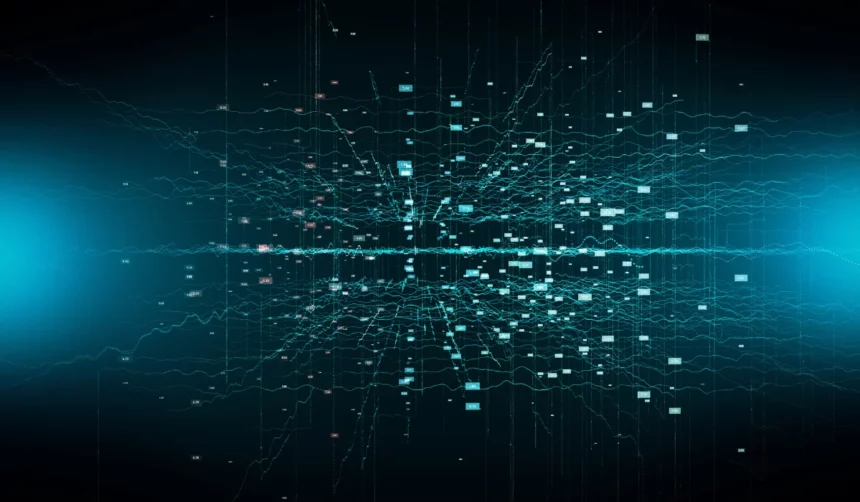The digital age has brought immense convenience and connectivity, but it has also introduced a new battleground – cyberspace. Here, malicious actors wage a constant war against individuals, businesses, and governments, aiming to steal data, disrupt operations, or cause widespread damage. To combat these threats, the field of cybersecurity has emerged as a critical line of defense.
But how exactly does cybersecurity work? This article delves into the core principles, strategies, and tools that underpin the protection of our valuable digital assets.
Understanding the Cybersecurity Landscape
The cybersecurity landscape is an intricate ecosystem comprising various stakeholders:
- Attackers: These malicious actors, ranging from lone hackers to sophisticated cybercrime organizations, employ a diverse arsenal of techniques to compromise systems and steal data. Common attack methods include phishing emails, malware deployment, social engineering scams, and zero-day exploits (previously unknown vulnerabilities).
- Defenders: On the other side stand cybersecurity professionals who implement security measures to safeguard systems and data. These defenders may work for individual users, businesses, or government agencies. Their roles encompass threat detection, vulnerability management, incident response, and security awareness training.
- Assets: The targets of cyberattacks are digital assets, including sensitive data (personal information, financial records, intellectual property), critical infrastructure (power grids, communication networks), and IT systems.
The Pillars of Cybersecurity Defense
Cybersecurity relies on a multi-layered approach to effectively mitigate risks. Here are some fundamental pillars of this defense strategy:
- Prevention: The first line of defense focuses on preventing attacks from happening in the first place. This includes implementing strong access controls (passwords, multi-factor authentication), firewalls to filter incoming traffic, and patching vulnerabilities in software and operating systems.
- Detection: No security system is foolproof. Intrusion Detection Systems (IDS) and Security Information and Event Management (SIEM) tools continuously monitor network activity and system logs for suspicious behavior that might indicate an attack.
- Response: When an attack occurs, a well-defined incident response plan is crucial. This plan outlines the steps to take to contain the breach, minimize damage, eradicate the threat, and recover affected systems.
- Recovery: After an attack, restoring systems and data to a functional state is essential. Regular backups and disaster recovery plans ensure business continuity and minimize downtime.
Essential Cybersecurity Tools
Cybersecurity professionals utilize a diverse set of tools to defend against threats:
- Firewalls: These act as guardians at the network perimeter, filtering incoming and outgoing traffic based on predefined security rules.
- Vulnerability Scanners: These tools automate the process of identifying weaknesses in software and operating systems, allowing defenders to prioritize patching efforts.
- Intrusion Detection/Prevention Systems (IDS/IPS): These systems monitor network activity and system logs for signs of malicious behavior, potentially blocking attacks in real-time (IPS) or alerting defenders for further investigation (IDS).
- Endpoint Detection and Response (EDR): These tools focus on individual devices (endpoints) within a network, providing real-time threat detection, investigation, and remediation capabilities.
- Encryption: The process of scrambling data to render it unreadable without a decryption key is crucial for protecting sensitive information at rest (stored) and in transit (being transmitted).
- Security Information and Event Management (SIEM): These tools aggregate security data from various sources across the network, allowing defenders to gain a holistic view of potential threats and security incidents.
Beyond the Tools: The Human Element
While technology plays a critical role, cybersecurity is ultimately a human endeavor. Here’s how the human element factors into this equation:
- Security Awareness Training: Educating users about cyber threats and best practices – such as password hygiene and identifying phishing attempts – is essential for reducing the risk of human error that attackers often exploit.
- Security Policies: Establishing clear policies around password management, data handling, and acceptable use of IT resources empowers users to make informed security decisions.
- Incident Response Teams: Dedicated teams composed of IT security professionals and incident responders are responsible for managing security incidents, minimizing damage, and ensuring a swift recovery.
The Evolving Threat Landscape
Cybersecurity is a continuous battle against ever-evolving threats. Here are some emerging trends that defenders need to stay abreast of:
- Cloud Security: As businesses increasingly rely on cloud-based resources, securing these platforms becomes paramount.
- Internet of Things (IoT) Security: The proliferation of interconnected devices presents new attack surfaces and requires robust security measures for these often-unsecured devices.
- Social Engineering: Attackers are constantly refining their social engineering tactics, making it crucial for users to remain vigilant and skeptical of unsolicited emails, phone calls, or messages.
- Supply Chain Attacks: Targeting vulnerabilities in software or hardware suppliers can provide attackers with a foothold into a vast network of users.
- Artificial Intelligence (AI) in Cybersecurity: Both attackers and defenders are increasingly leveraging AI to automate tasks, improve threat detection, and enhance security operations.
Conclusion
Cybersecurity is a complex and ever-evolving domain. By understanding the core principles, strategies, and tools employed by defenders, we gain a deeper appreciation for the invisible shield that safeguards our digital lives. However, the onus of cybersecurity extends beyond technical solutions. Maintaining user awareness, fostering a culture of security, and staying informed about emerging threats are equally critical in this ongoing battle against cyber adversaries.



